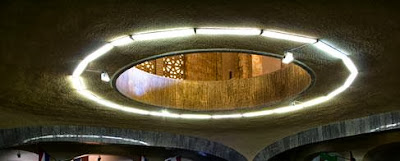The impact
of a mine’s activities spans decades if not centuries. South Africa is a very
good example of how mines
have influenced the economic, environmental and social aspects of our country.
Even though
mining has placed South Africa on the global economic map, the reality is that
often the profits are kept in
the hands of a few (first with families like the Oppenheimers and now with
junior BEE players),
the environmental damage is hidden or the responsibility denied, and the fabric
of society
destroyed as
communities are uprooted, workers poorly paid, and health and safety risks to
the workers and
communities increased.
South Africa
has a comparative advantage in the production of agriculture, mining and
manufacturing products relating to these sectors.] South Africa has shifted
from a primary and secondary economy in the mid-twentieth century to an economy
driven primarily by the tertiary sector in the present day which accounts for
an estimated 65% of GDP or $230 billion in nominal GDP terms. The country's
economy is reasonably diversified with key economic sectors including mining,
agriculture and fisheries, vehicle manufacturing and assembly, food processing,
clothing and textiles, telecommunication, energy, financial and business
services, real estate, tourism, transportation, and wholesale and retail trade
It is clear
that the impacts (both good and bad) of mining begin before a mine is even
established and does not
disappear with the closure of a mine. The Bench Marks Foundation believes that
the mining sector must
engage with the communities in which they operate from the inception of a mine
to the closure of a
mine. It is no longer sufficient to have contact with communities, in close
proximity to the mine, only
during the Environmental Impact Assessment (EIA) stag
Once again,
these facts are hardly new in the world of South African mining. Behind the
squalid settlements that surround the mineshafts there are immense profits to
be made. In recent years the platinum mining industry has prospered like no
other thanks to the increased popularity of platinum jewellery and the use of
the metal in vehicle exhaust systems in the United State and European
countries. Production increased by 60 per cent between 1980 and 1994, while the
price soared almost fivefold. The value of sales, almost all exported, thus
increased to almost 12 per cent of total sales by the mining industry.


.jpg)





